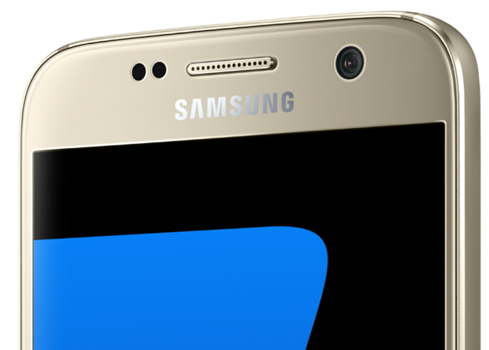Galaxy S7, S7 Edge Help Boost Marshmallow Adoption
The percentage of devices running Android 6.0 Marshmallow doubled between March and April thanks to phones like the Samsung's latest flagship smartphones.


Samsung Galaxy S7, S7 Edge: An Up-Close Look
Samsung Galaxy S7, S7 Edge: An Up-Close Look (Click image for larger view and slideshow.)
Google can thank its manufacturing partners for the recent spike in Marshmallow's adoption rate. The percentage of phones and tablets with Marshmallow aboard has been buoyed from just 2.3% in March to 4.6% in April, according to the company's latest distribution numbers. Google did not release the actual numbers behind those percentages. While a doubling of adoption rate is notable, the platform still has a long way to go before it catches up with older versions Android and iOS.
The Samsung Galaxy S7 and S7 Edge are likely responsible for the bulk of Marshmallow's growth over the last month. The new flagships from Samsung earned high praise from reviewers, and the phones have put up some strong numbers in their first few weeks of availability. Samsung shipped as many as 10 million S7 and S7 Edge handsets before March 31, claims Jay Koo, analyst at Korea Investment and Securities.
The LG G5 reached the market only a few days before Google calculated the breakdown of Android versions, so its impact was limited. Still, the device runs Marshmallow out of the box.
Keep in mind, Google launched Android 6.0 Marshmallow fully six months ago. The adoption rate is sluggish at best. By way of comparison, iOS 9 had reached 79% of iPhones and iPads by early March. iOS always enjoys a quicker and more thorough adoption rate than Android, mostly because Apple is in control of OS upgrades. Most Android devices are managed by both the manufacturer and the carrier, which complicates the update process.
The most significant portion of Android devices are running Android 5.x, with 19.4% on Android 5.1 and 16.4% on Android 5.0. Combined, that's 35.8%. Android 4.4 KitKat follows with a sizable 33.4% of the Android market. About 3% of devices are running Android 4.3 Jelly Bean, 10.5% are running Android 4.2, and 7.8% are running Android 4.1. Just 2.2% are on Android 4.0 Ice Cream Sandwich, and 2.6% are on Android 2.3 Gingerbread. The earliest versions of Android -- Froyo, Eclair, Donut, and Cupcake -- are all but extinct.

Are you prepared for a new world of enterprise mobility? Attend the Wireless & Mobility Track at Interop Las Vegas, May 2-6. Register now!
Despite the many different versions of Android being run on hundreds of different handsets, all Android devices above 2.3 Gingerbread have the same core -- Google Play Services. Google updates Play Services for all devices regularly. Play Services defines a set of features shared across phones and tablets and also defines how apps interact with those devices. This is particularly important for developers, as Play Services impacts APIs and their functionality.
Marshmallow will see solid growth over the next few months as more new phones reach the market. Huawei, for example, is announced a new smartphone Wednesday that will run Marshmallow. Similarly, HTC is prepared to show off its new flagship on April 12. Both these phones should hit the market by late April or early May.

About the Author
You May Also Like






